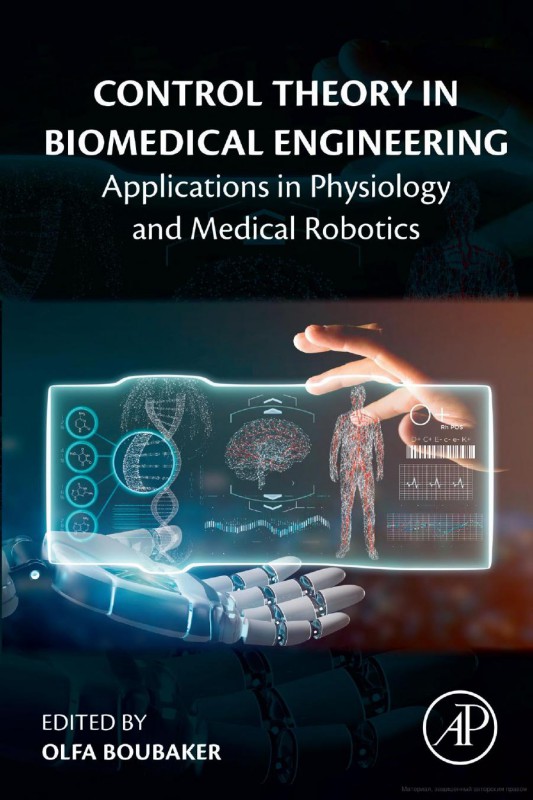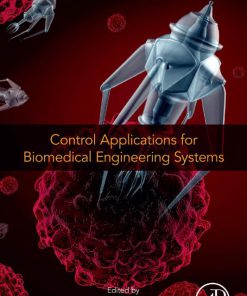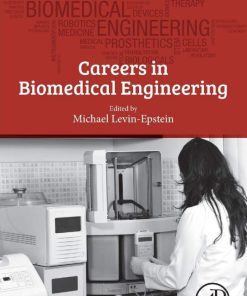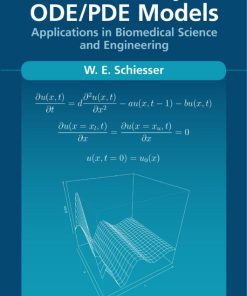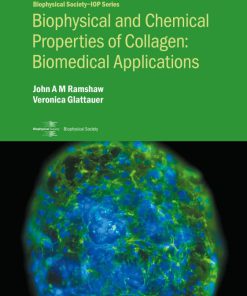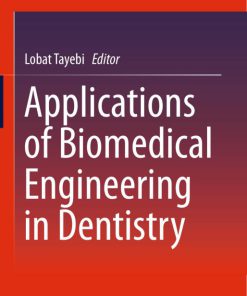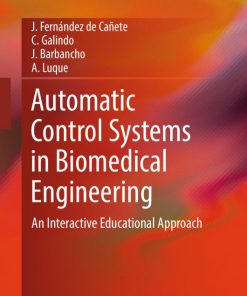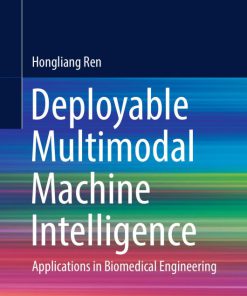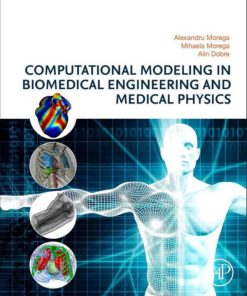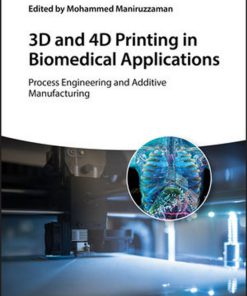(Ebook PDF) Control Theory in Biomedical Engineering Applications in Physiology and Medical Robotics 1st edition by Olfa Boubaker 0128226218 9780128226216 full chapters
$50.00 Original price was: $50.00.$25.00Current price is: $25.00.
Authors:OLFA BOUBAKER , Series:Biomedical [114] , Author sort:BOUBAKER, OLFA , Languages:Languages:eng , Published:Published:Jul 2020 , Publisher:Elsevier
Control Theory in Biomedical Engineering: Applications in Physiology and Medical Robotics 1st edition by Olfa Boubaker – Ebook PDF Instant Download/DeliveryISBN: 0128226218, 9780128226216
Full download Control Theory in Biomedical Engineering: Applications in Physiology and Medical Robotics 1st edition after payment.
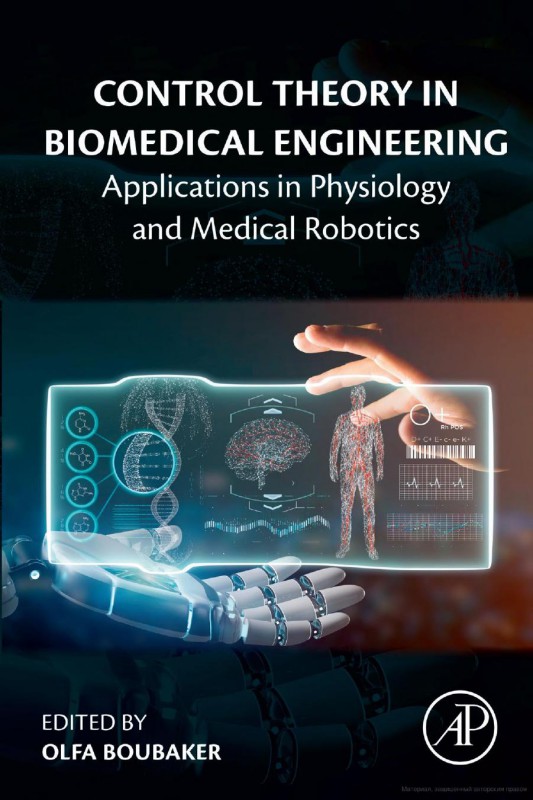
Product details:
ISBN-10 : 0128226218
ISBN-13 : 9780128226216
Author : Olfa Boubaker
Control Theory in Biomedical Engineering: Applications in Physiology and Medical Robotics highlights the importance of control theory and feedback control in our lives and explains how this theory is central to future medical developments. Control theory is fundamental for understanding feedback paths in physiological systems (endocrine system, immune system, neurological system) and a concept for building artificial organs. The book is suitable for graduate students and researchers in the control engineering and biomedical engineering fields, and medical students and practitioners seeking to enhance their understanding of physiological processes, medical robotics (legs, hands, knees), and controlling artificial devices (pacemakers, insulin injection devices).
Control Theory in Biomedical Engineering: Applications in Physiology and Medical Robotics 1st Table of contents:
Part I: Applications in physiology
Chapter 1: Modeling and control in physiology
Abstract
1 Introduction
2 Mathematical modeling in physiology
3 Control in physiology
4 Future trends and challenges
5 Conclusion
Chapter 2: Mathematical modeling of cholesterol homeostasis
Abstract
1 Introduction
2 Circulation of cholesterol in the human body
3 Two-compartment model of cholesterol homeostasis
4 Estimating the values of the model parameters
5 Analysis of the solutions
6 Summary and conclusion
Chapter 3: Adaptive control of artificial pancreas systems for treatment of type 1 diabetes
Abstract
Acknowledgments
1 Introduction
2 Methods
3 PIC cognizant AL-MPC algorithm
4 Results
5 Conclusions
Chapter 4: Modeling and optimal control of cancer-immune system
Abstract
1 Introduction
2 Mathematical models
3 Model with chemotherapy and control
4 Numerical simulations
5 Conclusion
Appendix
Chapter 5: Genetic fuzzy logic based system for arrhythmia classification
Abstract
1 Introduction
2 Methodology
3 Experimental results
4 Conclusion
Chapter 6: Modeling simple and complex handwriting based on EMG signals
Abstract
1 Introduction
2 History of handwriting modeling
3 Kalman filter-based model
4 Zhang-Kamavuako model (ZK)
5 Modeling of cursive writing from two EMG signals
6 Discussion
7 Conclusion
Part II: Applications in medical robotics
Chapter 7: Medical robotics
Abstract
1 Introduction
2 Literature review
3 Classification of medical robotics
4 Advantages and fundamental requirements
5 Robot-assisted surgery
6 Rehabilitation robotics and assistive technologies
7 Robots in medical training as body-part simulators
8 Conclusion
Chapter 8: Wearable mechatronic devices for upper-limb amputees
Abstract
1 Introduction
2 Human sensory feedback and physiology of the human skin
3 Wearable device: Preliminary concepts
4 Upper-limb prosthetic technologies
5 Challenges
6 Conclusion
Chapter 9: Exoskeletons in upper limb rehabilitation: A review to find key challenges to improve functionality
Abstract
1 Introduction
2 Existing upper limb exoskeletons
3 Design requirements and challenges
4 Control approaches
5 Discussion
6 Conclusion
Chapter 10: A double pendulum model for human walking control on the treadmill and stride-to-stride fluctuations: Control of step length, time, velocity, and position on the treadmill
Abstract
1 Introduction
2 Material and method
3 Results
4 Discussion
5 Conclusion
Chapter 11: Continuum NasoXplorer manipulator with shape memory actuators for transnasal exploration
Abstract
1 Clinical needs and intended engineering design objectives
2 Methods
3 Design verification
4 Design review
5 Conclusion and future work
Appendix: Supplementary material
Appendix: Supplementary material
Chapter 12: Tunable stiffness using negative Poisson’s ratio toward load-bearing continuum tubular mechanisms in medical robotics
Abstract
1 Background
2 Literature review/concept evaluation
3 Concept combining jamming and continuum metamaterials with negative Poisson’s ratio materials (auxetics)
4 Concentric continuum metastructures
5 Fabrication methodology
6 Continuum metastructural test
7 Kirigami and origami methods
8 Conclusion
People also search for Control Theory in Biomedical Engineering: Applications in Physiology and Medical Robotics 1st:
what is control theory engineering
concept of biomedical engineering
summary of biomedical engineering
biomedical control systems examples
control theory in biology

